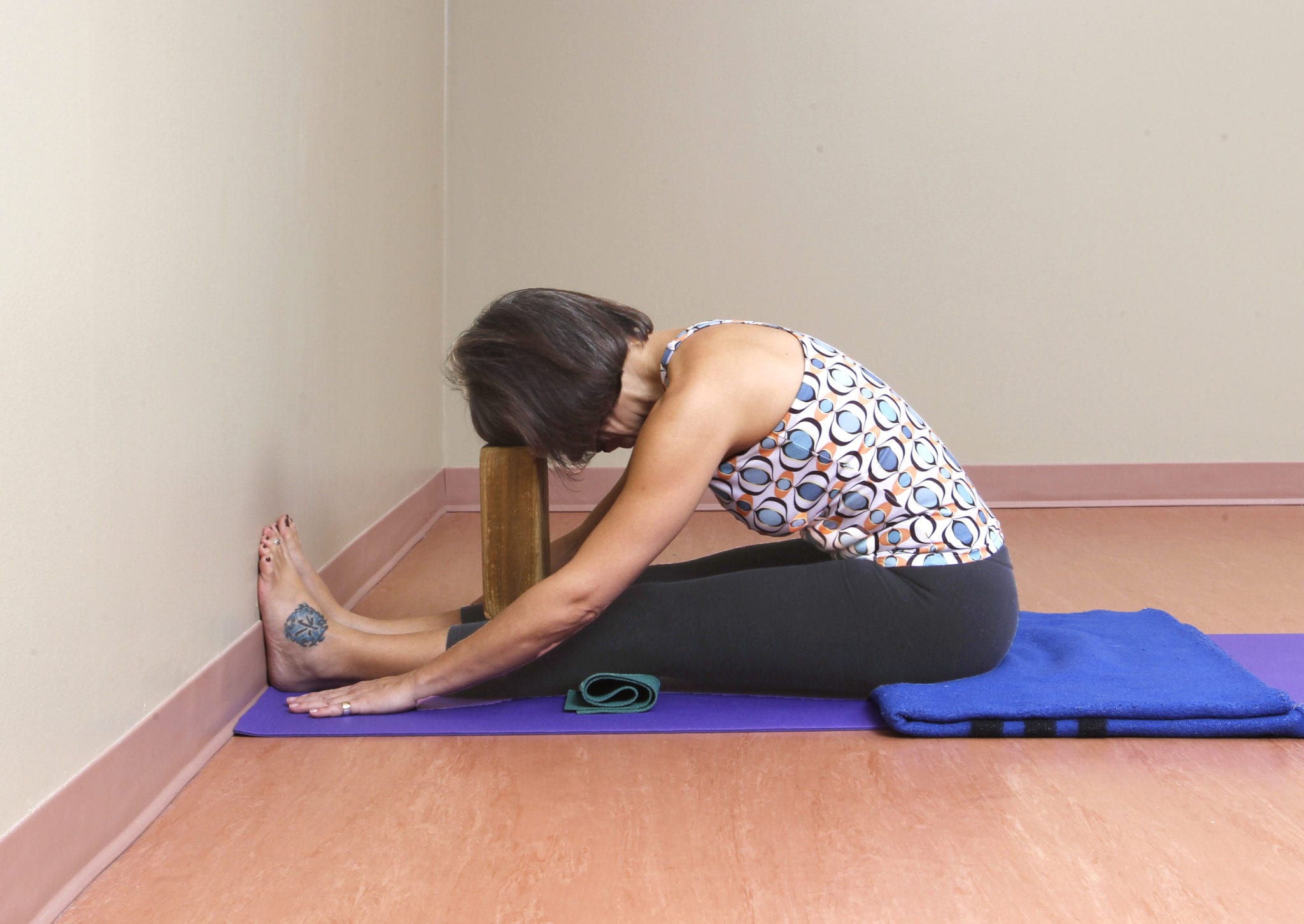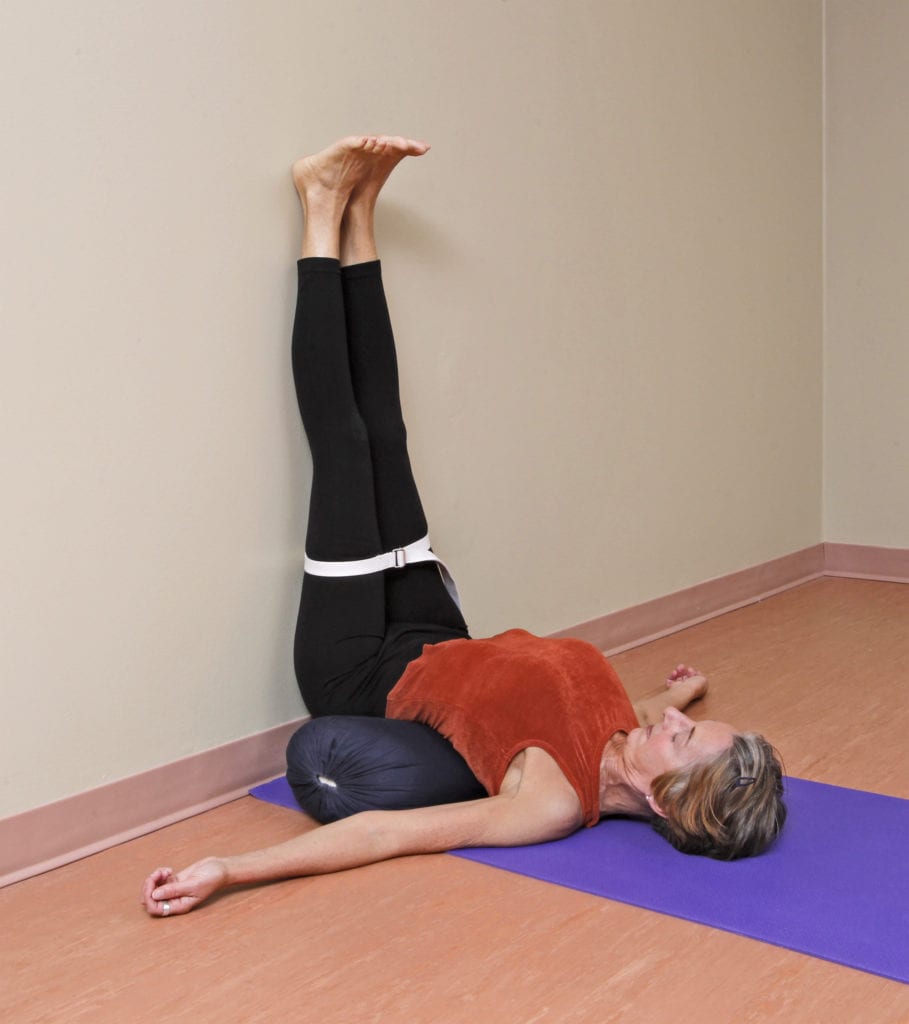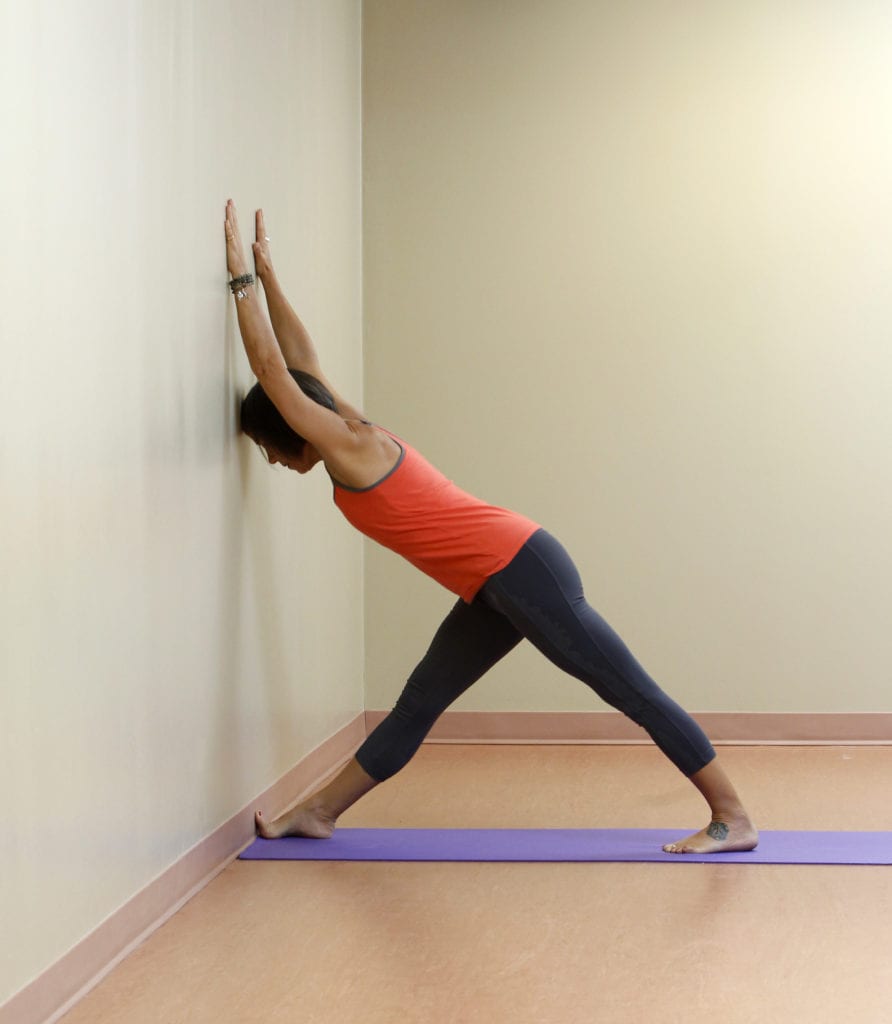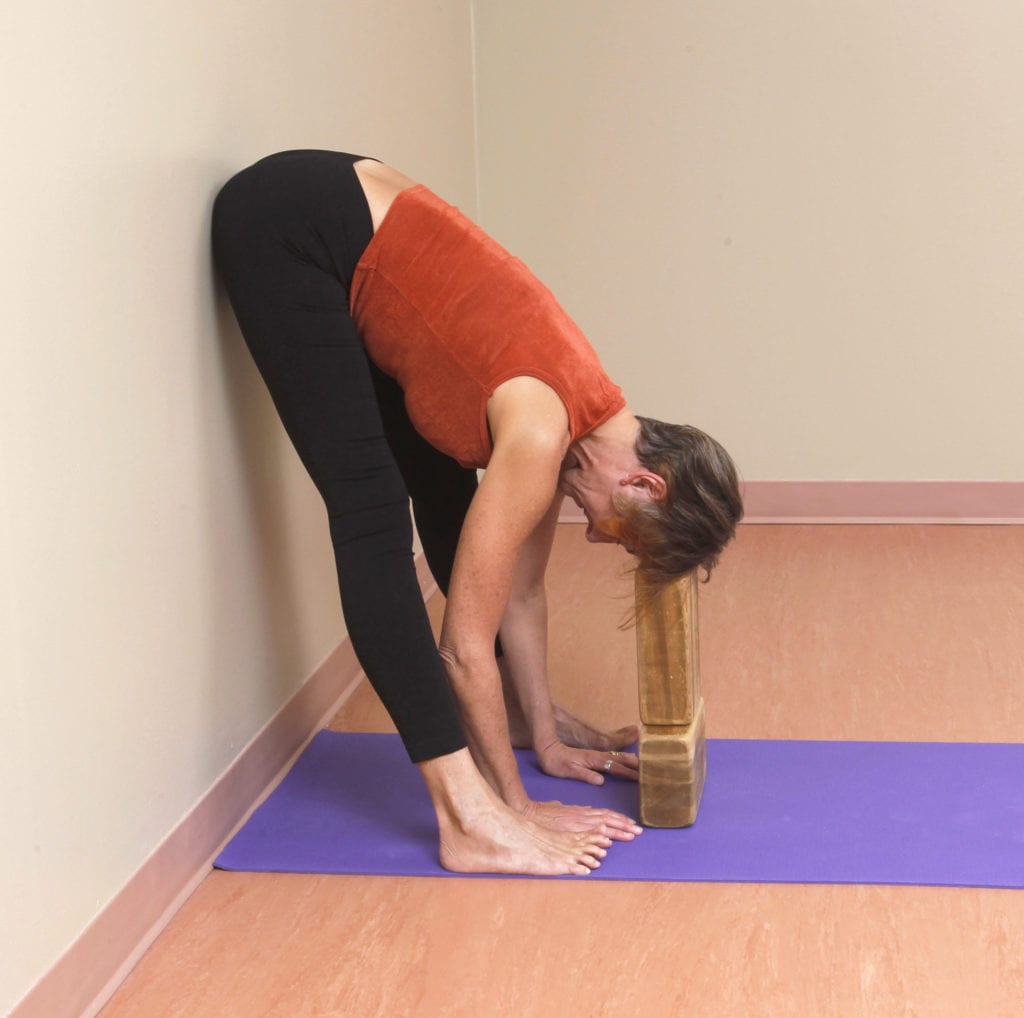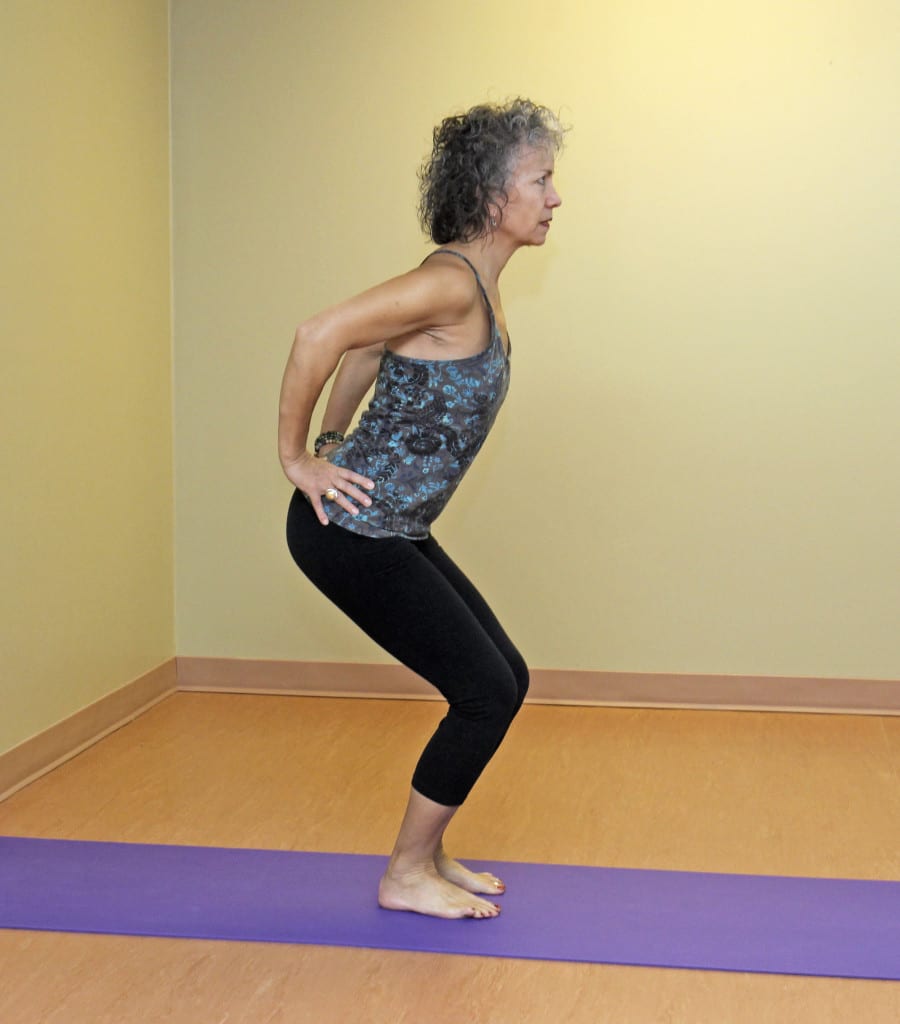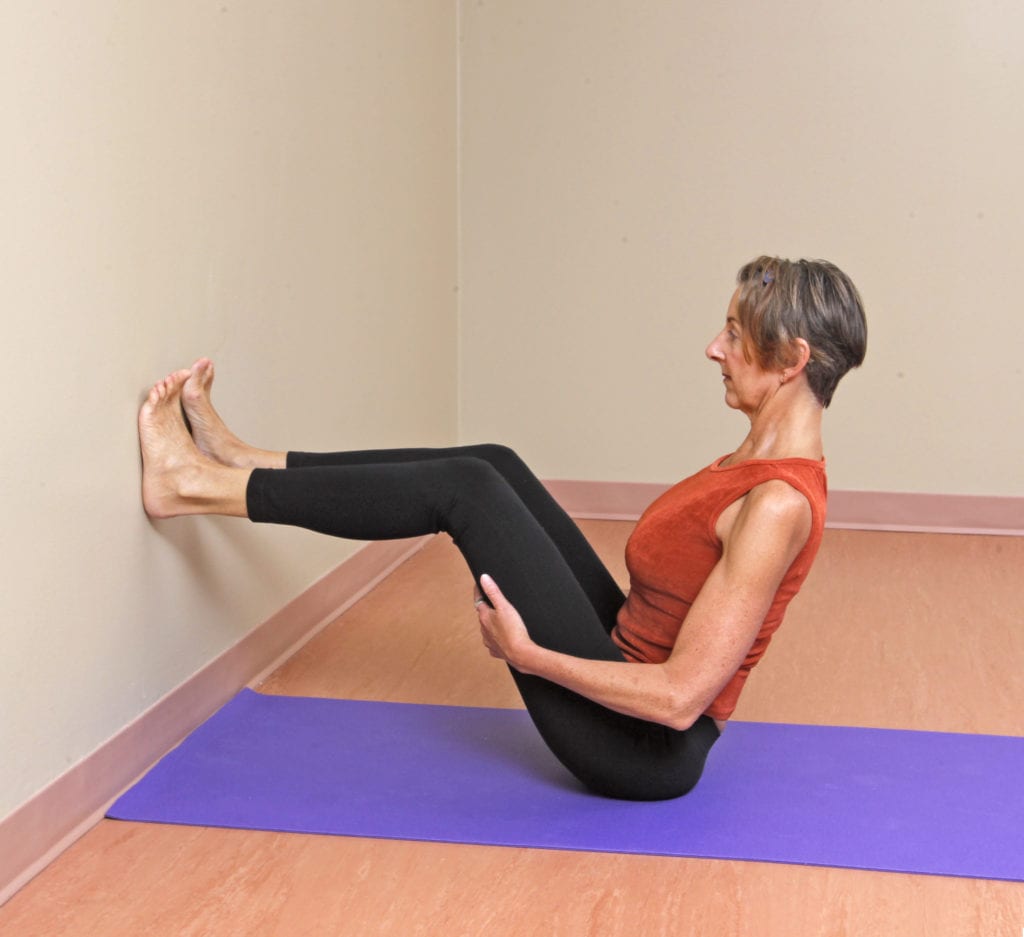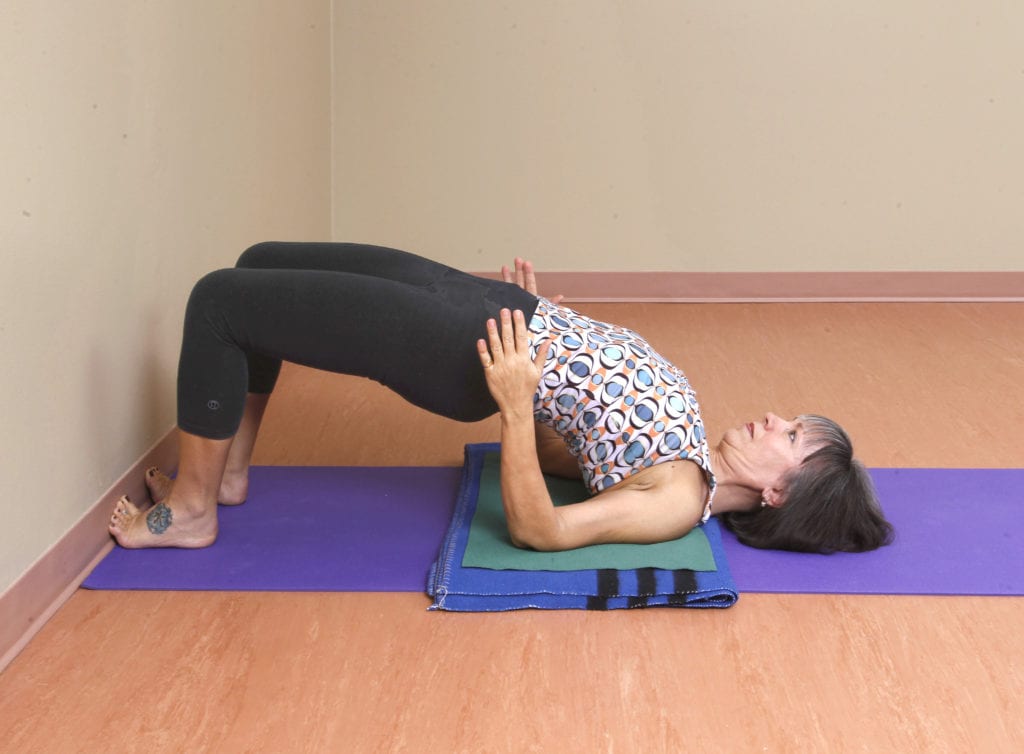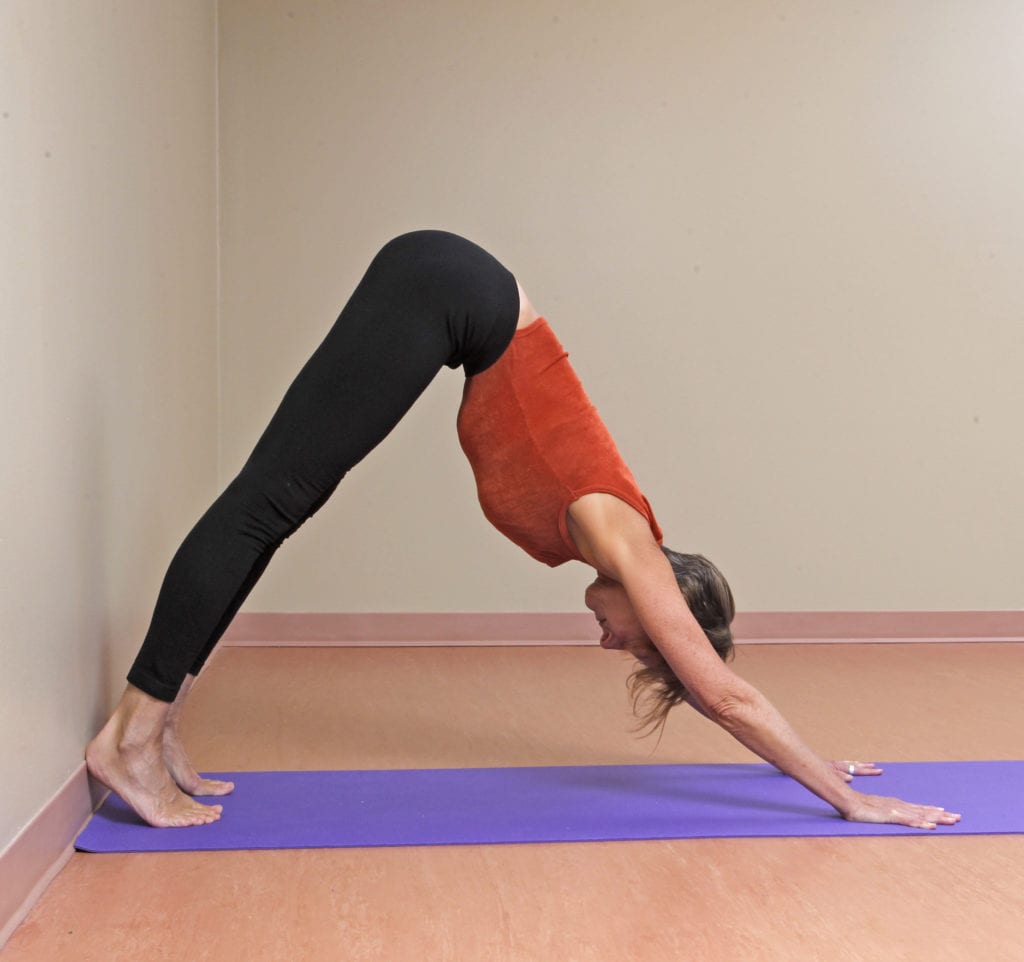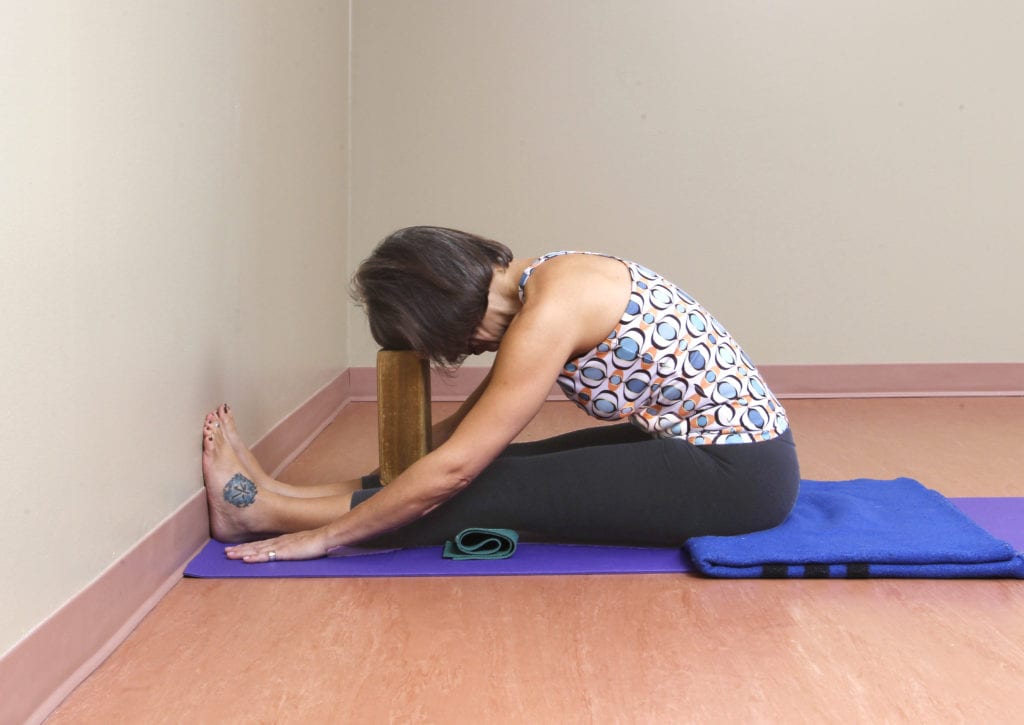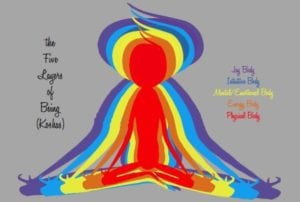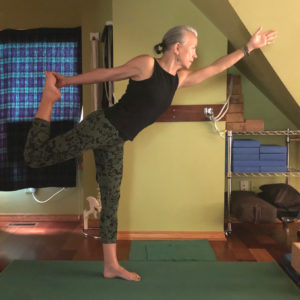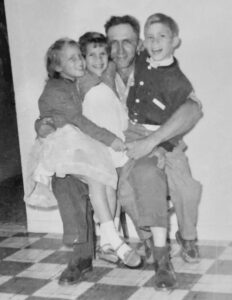Better step on it
Winnipeggers know the sheer delight of exposing their feet to the summer elements after a winter constricted by heavy socks and thick boots. As we don our summer footwear, a sense of freedom ripples up our legs bringing a smile of relief. However, foot experts shudder when they see all those feet in unsupported flip-flops and sandals.
Exposed and unsupported feet undergo significant stress due to injury and instability. To emphasize the importance of our feet on overall well-being, B.K.S. Iyengar assured us that “a yogi’s brain extends from the bottom of the foot to the top of the head.” He wanted us to see that when we stand firmly on our feet, we have the strength and stability required for daily living. Plus, firmly planted feet increase the physiological benefits of the many yoga asanas (poses).
As we walk, stand or take a yoga pose, we can increase our strength and stability by activating strategic muscle fibres or “energy locks” in the body. The energy lock in the soles of the feet, the Pada Bandha, aids us in toning and lifting the systems of the body against the laws of gravity. Consider how much weight drops into the soles of your feet while you stand or run.
Activating the Pada Bandha eases the weight-bearing effect on our ankles and knee joints by making us lighter on this earth. This effect is achieved by locking or retaining life-force energy (prana) in our body. The retained prana, via the Pada Bandha, flows through us and
- strengthens the arches of our feet,
- tones lower body muscles,
- connects us to our spine centres to stabilize us, and
- energizes and balances internal systems and organs.
To feel energized, light and stable doing the asanas illustrated in this article, use the yoga action described below. It activates the Pada Bandha. Notice how this action lifts and lengthens the arches of your feet. Spreading the feet in this way draws the energy upward from the feet to the spine, capturing the essence of this bandha.
Action: Draw an imaginary diagonal line from your big toe mound to your outer heel. Draw another from your baby toe mound to your inner heel. As you stand on these four corners of your feet, make these lines feel equal in length. For more advanced practitioners, also broaden across from your big toe mound to your baby toe mound and feel all toe mounds relaxing toward the floor.
VIPARITA KARANI (Legs up the wall pose)
Place a bolster one to three inches away from the wall. Sit on the edge of your support and move your sits bones into the wall as you lie your body on the floor at a right angle to the wall. Belt your legs and straighten them up the wall. Find the action in both feet briefly, but then release all working and rest for five to 10 minutes.<
PARSVOTTANASANA (Intense side-extension pose)
Place the toes of your right foot up the wall with the mounds and heel on the floor. Step your left foot back to where you can still keep your front hip bones facing forward. Turn your left foot out to 10 o’clock. Find the action in both feet, exhale and fold into your right hip crease, bringing your head toward the wall as you walk your arms up the wall. Find the action again as you stay in the pose for five to 10 breaths, as well as when you come out of the pose. Repeat with the opposite foot at the wall.
UTTANASANA (Standing forward fold pose)
Stand with your heels eight to 10 inches from the wall and the outer edges of your feet along the edges of your mat. With the help of your hands, release your pelvis to the wall. Find the action in your feet, exhale and fold at your hip creases, releasing your head and hands to support. Maintain the action as you stay in the pose for five to 10 breaths, as well as when you come out of the pose.
UTKATASANA (Chair pose)
Begin in a standing position (Tadasana) with feet slightly less than hip distance apart. Find the action. Bend your knees, keeping your tailbone moving to the ground, and move into a squat position as if attempting to sit in a chair. Find the action again as you stay in the pose for five to 10 breaths, as well as when you come out of the pose.
PARIPURNA NAVASANA variation (Boat pose)
Sit facing the wall. Place one foot at a time into the wall, with your heels in line with your knees. Hold onto the back of your thighs and lift your breastbone toward your chin. Find the action in both feet and hold for five to 10 breaths.
SETU BANDHA SARVANGASANA variation (Bridge pose)
Lie on your back, with your toes up the wall and the mounds and heels on the floor. (Shoulder support is optional.) Find the action in both feet and hold for five to 10 breaths. Maintain the action as you inhale and release your pelvis back to the floor.
ADHO MUKHA SVANASANA (Downward facing dog)
Begin on all fours with toes close to the wall. Exhale, lift your hips up and straighten your legs and arms. Release your heels into the wall. Find the action as you stay in the pose for five to 10 breaths. Inhale to release from the pose. Rest in child’s pose.
PASCHIMOTTANASANA (Intense forward bend pose)
Sit facing a wall and on a height that allows your pelvis to roll forward. Straighten your legs and place your feet firmly into the wall. Rest your head on support or keep it lifted so both the front and back of your spine are lengthening. Find the action in both feet and hold for five to 10 breaths.
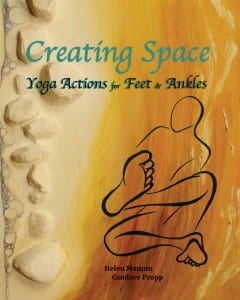 Winnipeggers Helen Maupin (righttojoy.com) and Candace Propp (natureofcontentment.ca) are 500-hour certified yoga teachers and authors of the Creating Space: Yoga Actions book series. To purchase these print or ebooks, visit here. For yoga teacher training with them and Stacy Schroder go to sereneyogastudio.com.
Winnipeggers Helen Maupin (righttojoy.com) and Candace Propp (natureofcontentment.ca) are 500-hour certified yoga teachers and authors of the Creating Space: Yoga Actions book series. To purchase these print or ebooks, visit here. For yoga teacher training with them and Stacy Schroder go to sereneyogastudio.com.

